Here's some sample data I made up based on your description
DF<-data.frame(
dt=as.POSIXct(runif(500,as.numeric(as.POSIXct("2012-01-01")),
as.POSIXct(as.Date("2012-01-31"))),
origin="1970-01-01", tz="GMT"),
value = rnorm(500, 100, 6)
)
DF<-transform(DF, DATE=as.Date(dt))
Now, to get half-day values, i'll actually just do some atrithmatic on the values since they are stored as seconds since a sentinel date.
DF<-transform(DF, HALFDAY=dt -(as.numeric(dt) %% (60*60*12)))
DF<-transform(DF, PART=ifelse(as.numeric(HALFDAY) %% (60*60*24) > 0,"PM","AM"))
Basically I just truncate each date/time to a 12 hour period. It's important to do these transformations in GMT time so you don't have to worry about local time variations. Also with DATE it would be bad to do position=dodge because you're not really grouping by anything. This would just plot the values in front of each other which is likely not what you want should you have multiple observations for day. You really want to stack those. So here are the three different plots from this data
ggplot(DF, aes(x = dt, y = value)) +
geom_bar(position="dodge", stat = "identity", width=60*60*2) +
ggtitle("dt")
ggplot(DF, aes(x = DATE, y = value)) +
geom_bar(position="stack", stat = "identity") +
ggtitle("DATE")
ggplot(DF, aes(x = HALFDAY, y = value, fill=PART)) +
geom_bar(position="stack", stat = "identity") +
ggtitle("HALFDAY")
which gives

of course you don't have to color the half days by AM/PM but I liked it.
